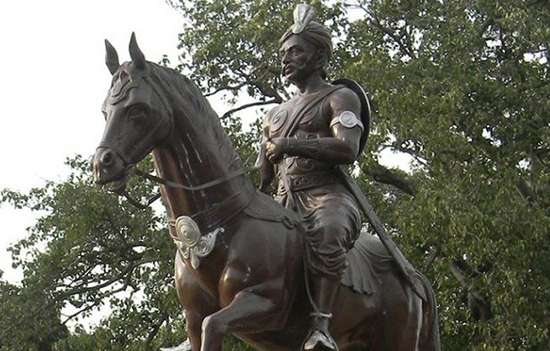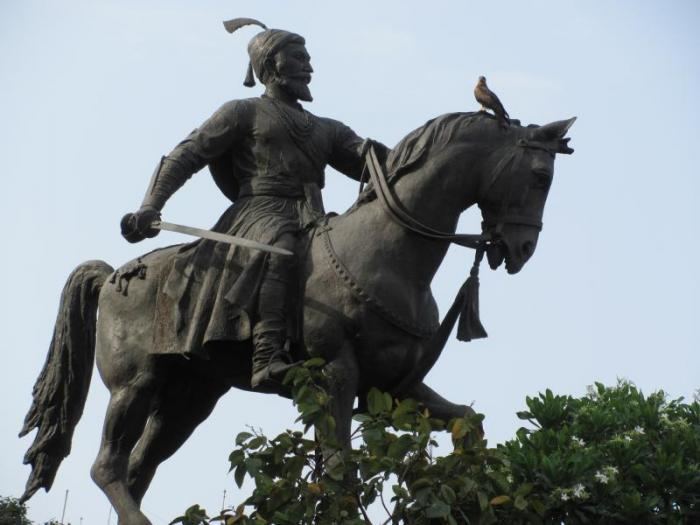n the annals of Indian history, numerous tales of valor and resistance against colonial oppression stand out, serving as reminders of the indomitable spirit of the nation. One such story is that of Buxi Jagabandhu, the chief architect of the Khurda Paik Rebellion of 1817. This rebellion, also known as the Paika Rebellion, was a significant moment in India’s struggle for independence and played a crucial role in shaping the course of the freedom movement.
Buxi Jagabandhu Bidyadhar Mohapatra, born in about 1776, belonged to a family of hereditary commanders (Buxi) in the service of the kings of Khurda in Odisha. The Paiks, or the militia forces, were an integral part of the Odisha region’s defense system. These Paiks were fiercely loyal warriors who were tasked with safeguarding the interests of the local kings. However, their loyalties were unwaveringly redirected to the cause of a free India when the British East India Company’s oppressive policies became evident.
The East India Company had gradually extended its control over Odisha and imposed exorbitant taxes and unjust regulations on the locals. The Paiks, burdened by these oppressive measures, were pushed to the brink of despair. It was during this time that Buxi Jagabandhu emerged as the leader of the revolt, rallying his fellow Paiks and channeling their suppressed anger into a well-coordinated rebellion against the British rule.
The Khurda Paik Rebellion of 1817 was a seminal event that witnessed the active participation of thousands of Paiks under Buxi Jagabandhu’s leadership. The rebellion began in March 1817 when the Paiks revolted against the British authorities stationed in Khurda. Buxi Jagabandhu and his forces launched surprise attacks on various British-held territories, dismantling their outposts and disrupting their communication systems.

You can read our another post on Fakir Mohan Senapati :The Pioneer of Modern Odia Literature
What made the rebellion remarkable was the unity and coordination displayed by Buxi Jagabandhu and his forces. Despite being greatly outnumbered and facing formidable British weaponry, the Paiks fought with unwavering courage and determination. Their guerrilla warfare tactics and knowledge of the local terrain played to their advantage, catching the British forces off-guard and inflicting heavy casualties.
Buxi Jagabandhu’s strategic brilliance and leadership skills were instrumental in inspiring the Paiks and instilling confidence in their ability to resist the British. He possessed an innate ability to unite disparate factions and galvanize them towards a shared goal. Jagabandhu’s charisma and his deep sense of patriotism became a rallying point for the rebels, fueling their fervor for freedom.
However, despite the initial successes, the Khurda Paik Rebellion was eventually suppressed by the superior might of the British forces. Buxi Jagabandhu and his followers fought valiantly but were eventually captured and imprisoned. Jagabandhu was sentenced to life imprisonment and sent to the Andaman Islands, where he spent his remaining years.
Although the rebellion was ultimately quelled, the Khurda Paik Rebellion left an indelible mark on India’s quest for independence. It served as a precursor to subsequent uprisings against British rule and inspired generations of freedom fighters who would follow in the footsteps of Buxi Jagabandhu.
Today, Buxi Jagabandhu’s legacy lives on as a symbol of resistance against colonial oppression. His unwavering commitment to the cause of a free India and his strategic acumen continue to inspire countless individuals across the country. While his sacrifices and contributions may have been overshadowed by larger movements, it is essential to acknowledge his pivotal role in the struggle for independence.
Buxi Jagabandhu’s historic rebellion stands tall as a testament to the power of unity, courage, and unwavering resolve in the face of adversity. The chief architect of the Khurda Paik Rebellion, Buxi Jagabandhu, will forever be remembered as a true hero in India’s fight for freedom.

Write A FAQ For Buxi Jagabandhu : The Chief Architect of Khurda Paik Rebellion of 1817
Who was Buxi Jagabandhu, and what was his role in the Khurda Paik Rebellion of 1817?
Buxi Jagabandhu was a prominent leader and the chief architect of the Khurda Paik Rebellion of 1817. He belonged to the royal family of Khurda, in present-day Odisha, India. He led the rebellion against the oppressive British East India Company rule and became a symbol of resistance against colonialism.
What were the main causes of the Khurda Paik Rebellion of 1817?
The main causes of the Khurda Paik Rebellion were the oppressive policies of the British East India Company, which included heavy taxation, forced labor, and the destruction of local customs and traditions. These policies led to widespread anger and discontent among the local population, resulting in the rebellion.
What were the key events during the Khurda Paik Rebellion of 1817?
The rebellion began with the ransacking of the British collector’s office in Khurda, followed by the Khurda fort being held by the rebels. Buxi Jagabandhu led several attacks against the British forces, inflicting heavy casualties. However, despite initial successes, the rebellion was eventually suppressed by the superior firepower and resources of the British.
What was the outcome of the Khurda Paik Rebellion of 1817?
Although the rebellion was eventually crushed by the British, the Khurda Paik Rebellion left a significant impact. It inspired other uprisings against British rule in different parts of India and served as a symbol of resistance against colonial domination. Buxi Jagabandhu’s bravery and leadership continue to be celebrated today.
What is the legacy of Buxi Jagabandhu and the Khurda Paik Rebellion of 1817?
The legacy of Buxi Jagabandhu and the Khurda Paik Rebellion is that it stands as a reminder of the valiant struggle against colonialism and oppression. Their fight for justice and freedom has been immortalized in folk songs, literature, and historical accounts, making Buxi Jagabandhu a revered figure in Odisha’s history. The rebellion also played a crucial role in fueling the Indian independence movement against British rule in the subsequent years.
